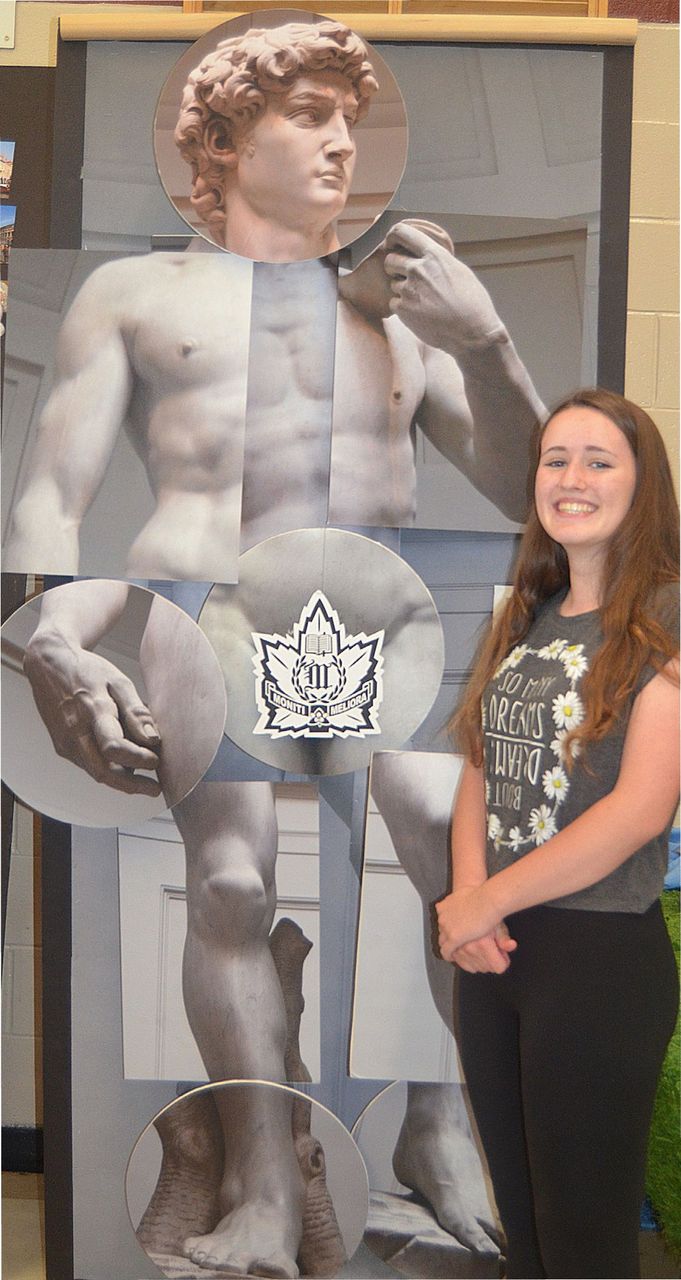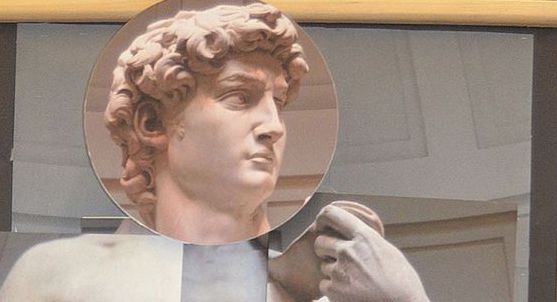The ability to instantly and easily interact using text and image with Twitter, Instagram, and Facebook is having those in charge of popular venues rethink how consumers will interact with their product in the future.
Museums and art galleries are now considering options that will enhance a viewer’s experience. Instead of merely aesthetically appreciating a work of art, people in the future may have other options. At the 2016 Design Thinkers Conference in Toronto, Jake Barton’s groundbreaking work with the 9/11 Memorial and the Cooper Hewitt Museum in New York gave those in attendance a glimpse of how people will interact with museum spaces in the near future.
The digital pen his firm, Local Project, developed for Cooper Hewitt is capable of capturing shapes rendered by museum patrons and then matching them with items that share these features found in the Museum’s permanent collection. People then have the option of learning more about each sample and creating hybrid works on a digital collection browser and exporting the results. (localproject.net) (cooperhewitt.org/new-experience/)

Before the pandemic, Merivale High School students had an opportunity to travel to Europe during March break. These trips were organized by Merivale teacher Naomi Watson-Laird every two years. I was delighted to go along as a chaperone on the last two trips. Our excursion to Italy provided an opportunity for students to interact with many of the most famous works of the Renaissance in Rome, Florence, and Venice. While security blankets some of the most famous icons, like the Vatican’s Pieta and Sixtine Chapel, many notable works can be photographed as long as one does not use a flash. If photography is prohibited, it is usually clearly marked. One can always check with security to ensure that no laws are being broken.
The target of this experiment was Michaelangelo’s David, in the Academia in Florence. The renowned sculpture is positioned in an open area with plenty of available light. A group of Merivale art students on the trip were asked to take photos of David with the objective being to recreate the Renaissance masterpiece in our annual spring art show.
Instead of capturing the entire figure, students were encouraged to shoot high resolution, well focussed images of the hands, feet, neck, torso, legs, and face from a number of different angles. Some had sophisticated digital SLRs, while others used point and shoot models, iPads, or the cameras on their smart phones. The students performed this task very efficiently and even managed to sneak in a few “selfies.”
After our very enjoyable ten-day foray into Italian art and culture (and a very memorable meal in Verona) we returned to Canada’s capital. The students involved in this project were asked to “share” their David photos with the art department via GMail’s “Google Drive.” The jpeg files were then downloaded to a central computer and sorted by body part. Using images collected from a variety of digital sources led to some unexpected but welcomed distortion as well as enhanced elements of value and texture.
Senior graphic design student Taylor Fortin selected the files that she felt could be best employed to make our twenty-first-century model. Many of the photos selected were taken by Dexter Hunter-Laroche, so we affectionately named our digital creation Dexter’s David.
The art department’s Epson 3880 ink jet printer allowed us to print surfaces as large as 17”x 22”, so when designing our David, we were careful to use geometric shapes that were within this print threshold. Working with an eight-foot projection of the original, we determined the size of each shape we would use. Precise rectangular and circular pictures boxes were then created in a series of Quark XPress documents. The images taken in Florence were then imported and carefully cropped. The files were then printed on Epson Ultra Premium Presentation Matt paper and mounted on foam core.
The Old Testament hero was then carefully assembled. Ms. Fortin also used a series of wood dowels to raise some of the foam core pieces, adding a distinct three dimensional quality to this work.
While the full impact of the nude original is indisputable, for a high school audience we had to present a more modest approach to Michaelangelo’s masterpiece. Fortunately, our school logo is a stylized maple leaf so we were able to strategically hang a copy of it, which added a note of humour to the impressive finished product. Those who wanted a quick peak at the real deal were not denied the experience!
Irv Osterer
Irv has retired. He was the Department Head of Fine Arts and Technology at Merivale High School in Ottawa, from 2000 to 2020.
This article is featured in Canadian Teacher Magazine’s Fall 2021 issue.

